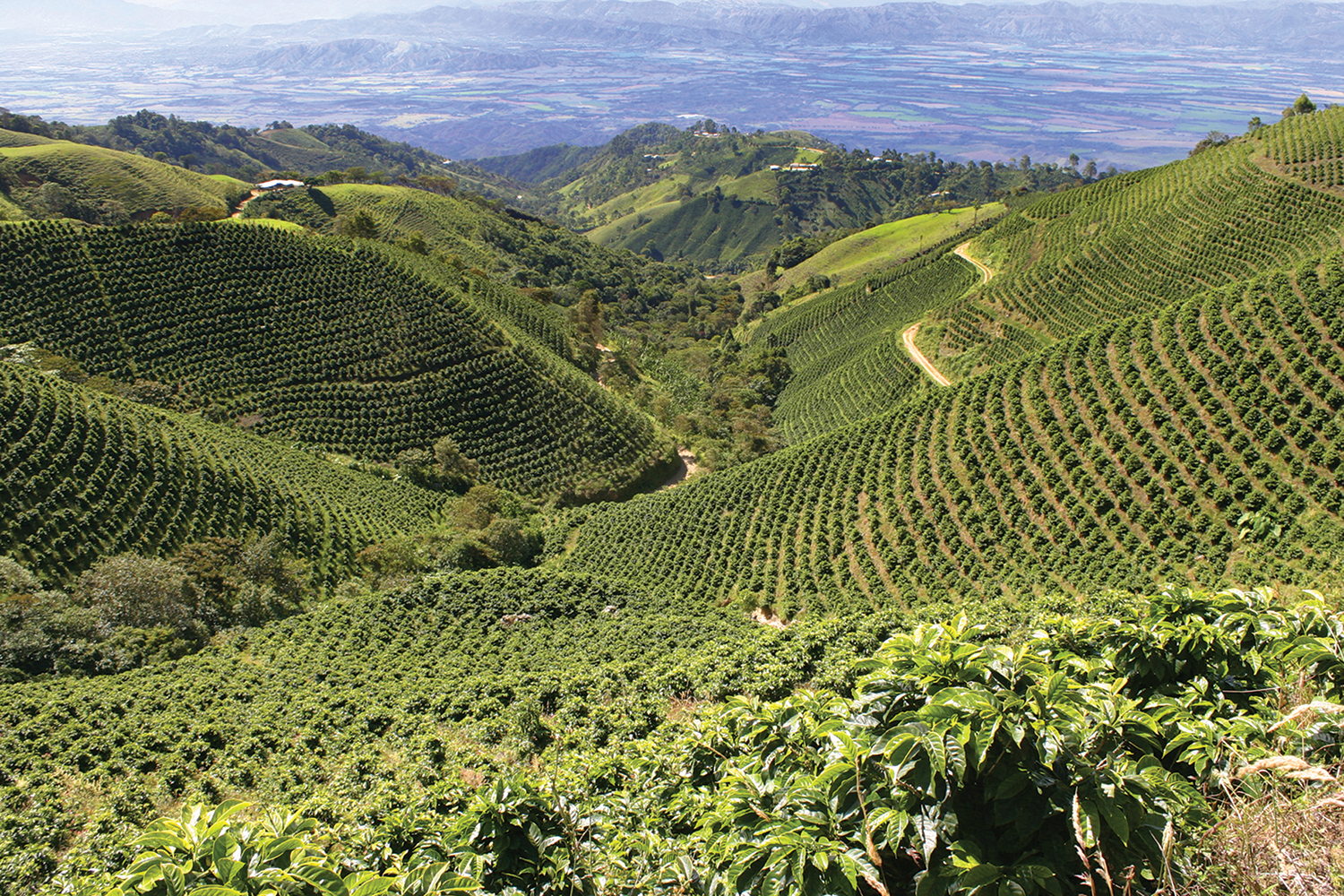There are seemingly countless factors that can affect the quality and flavor of coffee in the cup, and everyone along each step of the chain must do their part to ensure they are doing their producing the best possible results.
For the barista, this might mean tirelessly working on perfecting extraction for each different brewing method. For the shop manager, this might mean finding the right beans for their shop, and ensuring freshness and quality from the roaster.
Further up the chain, the roaster will need to consider other factors, both environmental and according to each different bean. For choosing a proper roast profile, knowing density is one of the most basic pieces of information a roaster needs. This information will determine the charge temperature, among other key variables, and help to determine and shape the flavor in the cup.
For farmers, denser beans may not only signify a coffee with a richer flavor, but a higher return per bean and per coffee tree and therefore, a higher return per hectare.
So by now you will probably be asking yourself, why does density impact flavor? And if that’s true, then what factors will producer a denser bean? Let’s jump into those questions now…
WHAT IMPACT WILL DENSITY HAVE ON THE COFFEE BEAN?

A coffee bean is basically like a honey comb. It is a cellulose structure (similar to wood). The job of this structure is to hold nutrients for the embryo. However we sometimes find beans that are only partially full and have lower body and weaker flavor.
Denser beans are more full of sugars and flavor precursors, so this translates to more flavor after roasting. Why do beans have different amounts of nutrients?
WHAT AFFECTS DENSITY?

We all know about altitude and it’s effect on flavor, but I also want to discuss mainly equivalent altitude at different latitudes, shade, density of planting, and aspect of the mountain.
Many coffee professionals probably know about how the higher in elevation you go, the better coffee flavors you can gain access to. This is why you see most specialty coffees grown, at the lowest, at around 1200 meters.
Coffee’s cellular respiration slows down the higher up in elevation you go (because it’s colder), which means the coffee retains more sugars and nutrients. That process directly affects the end cups’ flavor. So, theoretically the higher in elevation you go, the better right?
You are both correct AND incorrect. It is correct that the higher you go the better the flavors, but you can go too high and begin dealing with frost problems. So, the standard highest elevation is around 2200 meters at the max, but this is around the equator like Ethiopia, Kenya, etc.
Below is an example of the normal elevation : flavor representation.

So, this is all a great start, but I don’t think it’s a complete thought quite yet. There are many things that still have to be added to this conversation!
One thing is introducing the topic of how a change in latitude affects the necessity of such high elevations. As you move north or south of the equator,
“The general rule is that temperature changes three (3) degrees Fahrenheit for every 300 mile change in latitude at an elevation of sea level” and “Generally, temperature decreases three (3) degrees Fahrenheit for every 1,000 foot (304.8 meters) increase in elevation above sea level.
Of course, the reverse is also true: temperature increases 3 degrees (16.111 degrees Celsius) with every 1,000 foot (304.8 meter) decrease in elevation.” For example, here in Pu’er, Yunnan, China the average elevation for coffee growing is 1200m and 20 degrees north of the equator.

Other important factors that can directly affect this increase/decrease of temperature at different latitudes and potentially create more dense coffees are:
1.) Shade on the Coffee Plants – you can plant a variety of shade trees that can provide dense or light shading. Shade causes cooler temps and increases density
2.) Density of Plants in an Area – You can plant your coffee trees closer or farther apart, depending on if you’d like the coffee plants to self shade themselves or not. This also helps the trees stay cooler in warmer temperatures and possibly not become too stressed out from the sunlight. So the closer you plants are planted together the more density in the bean because of self-shading
3.) Slope Aspect of Mountain – You can plant on the norther side of the mountain, so that the sun doesn’t directly hit the plants, which means less time of direct sunlight exposure. This can also lead to cooler temperatures, slower cellular respiration, and more density.
There are so many other factors, other than (specifically) high elevations, that go into creating an amazing end cup.
These are variety, bacterias in the air and soil of origin, nutrients in the soil for coffee plant, ripeness of cherries, processing methods, storage of green coffee, roasting, and then of course the form of your end cup (latte, espresso, pour-over, etc).
Font: https://www.torchcoffee.asia/blog-1/2018/7/9/why-does-density-matter-and-what-affects-the-density-of-coffee


